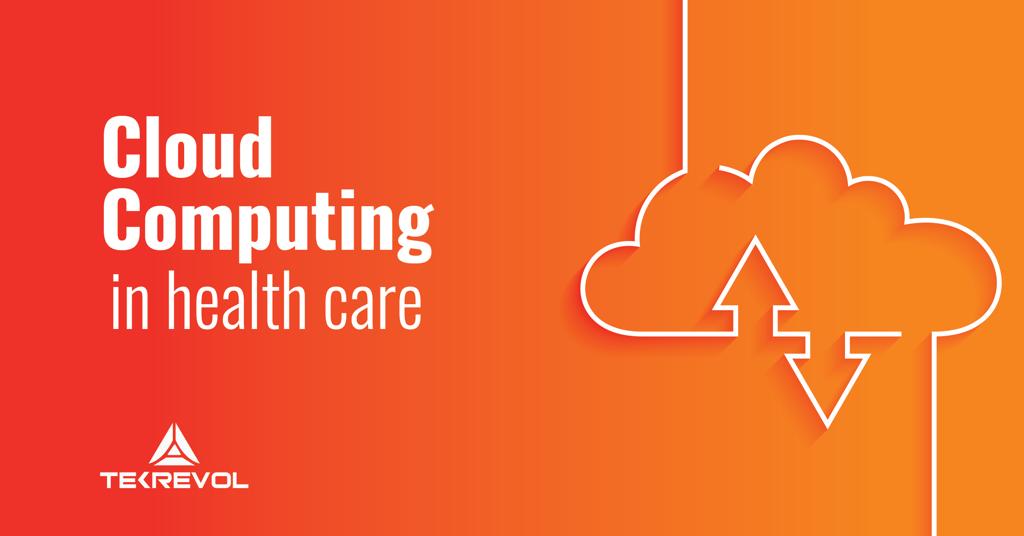“Hasn’t everyone already moved to the cloud? Well, we’re getting closer.
By 2025, nearly 90% of enterprises will have hybrid or multi-cloud operational models, and the benefits of cloud migration drive this trend. If you are running a business today, you are most likely either using some cloud services already or seriously considering when to make the switch.
Cost savings, improved collaboration, and better scalability are some of the biggest promises of cloud migration. However, while these benefits are clear, they are not as easy to achieve.
A successful cloud migration strategy requires more than just picking a provider; it demands careful planning, a strong strategy, and asking the right cloud migration questions. These questions will help you understand the potential gains and how to avoid common pitfalls.
This blog post covers the eight essential questions to ask before moving to the cloud and provides proven tips to guide your migration process.
Why Cloud Migration Matters (and Why It’s Tricky)
When considering cloud migration, you must know the role and importance of reaching the cloud. Getting to the cloud is not just about the migration process; it is about what you do when you’re there.
For instance, how will your existing applications perform, and do they need updates to work suitably in the cloud? Questions like, “How do we ensure data security?”, “How to optimize performance during cloud migration?” or “What does it take to modernize applications for the cloud?” are crucial for companies at this stage.
Benefits of Cloud Migration
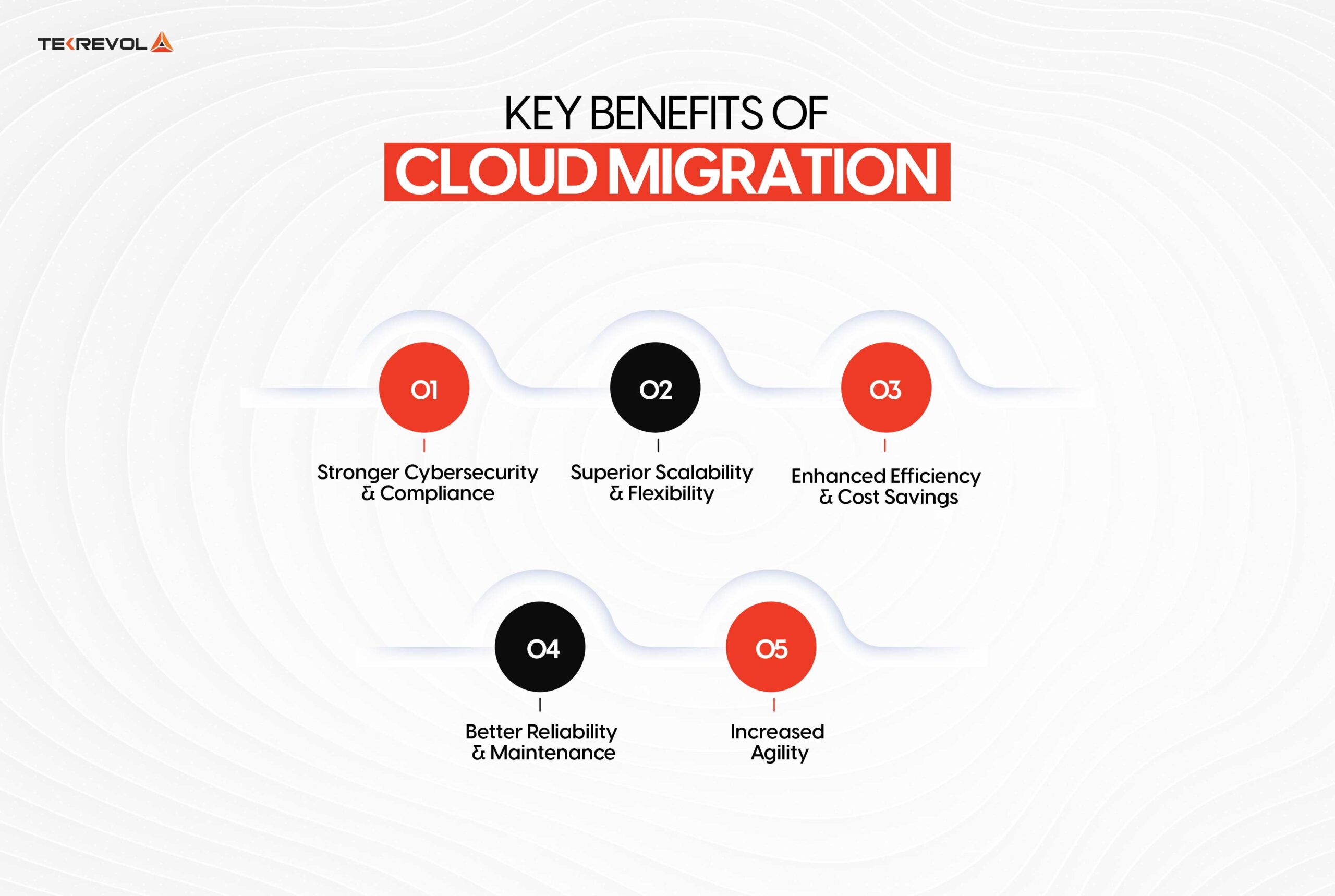
Cloud migration provides tremendous benefits that will drive your business forward:
- Cost Optimization: Companies can cut operational costs by 47%by moving to the cloud, mainly because they no longer use physical hardware and optimized rightsizing.
- Scalability: It provides easy scalabilities, which make it a good source of expanding resources for any business, based on demand, and one can shrink as well as downsize. This advantage is greatly found in season-based businesses and companies expanding rapidly.
- Enhanced Security: Reputed cloud servers provide many good security solutions like encryption and advanced-level access control, which may outperform various onsite solutions for the safety of your files.
- Enhanced Collaboration: Cloud computing-based services enhance collaboration because employees can operate from any remote location around the globe, which helps produce more within less time using less infrastructure.
- Access to Latest Technology: Cloud environments often contain the latest tools and new integrations, so an organization can have access to current technology without bothering with hardware updates.
Common Challenges Faced in Cloud Migration
However, cloud migration also comes with challenges that need careful planning to overcome:
- Data Security Concerns: Industries with strict compliance, like finance and healthcare, must ensure that their data remains secure and compliant with regulations throughout the migration.
. - Downtime and Integration: Migration can disrupt daily operations, so a staged approach and proper testing are essential to minimize downtime.
- Vendor Lock-In: Committing to one cloud provider can create dependency. Multi-cloud and hybrid solutions offer more flexibility but require thoughtful planning.
From ensuring data safety to deciding on the right mix of cloud migration services, businesses of all sizes face crucial choices. The following questions will guide you through making a well-planned, informed migration strategy.
- Ready for a Hassle-Free Cloud Migration?
- Partner with experts to ensure a smooth, secure transition.
8 Essential Cloud Migration Questions to Ask Before Making the Switch
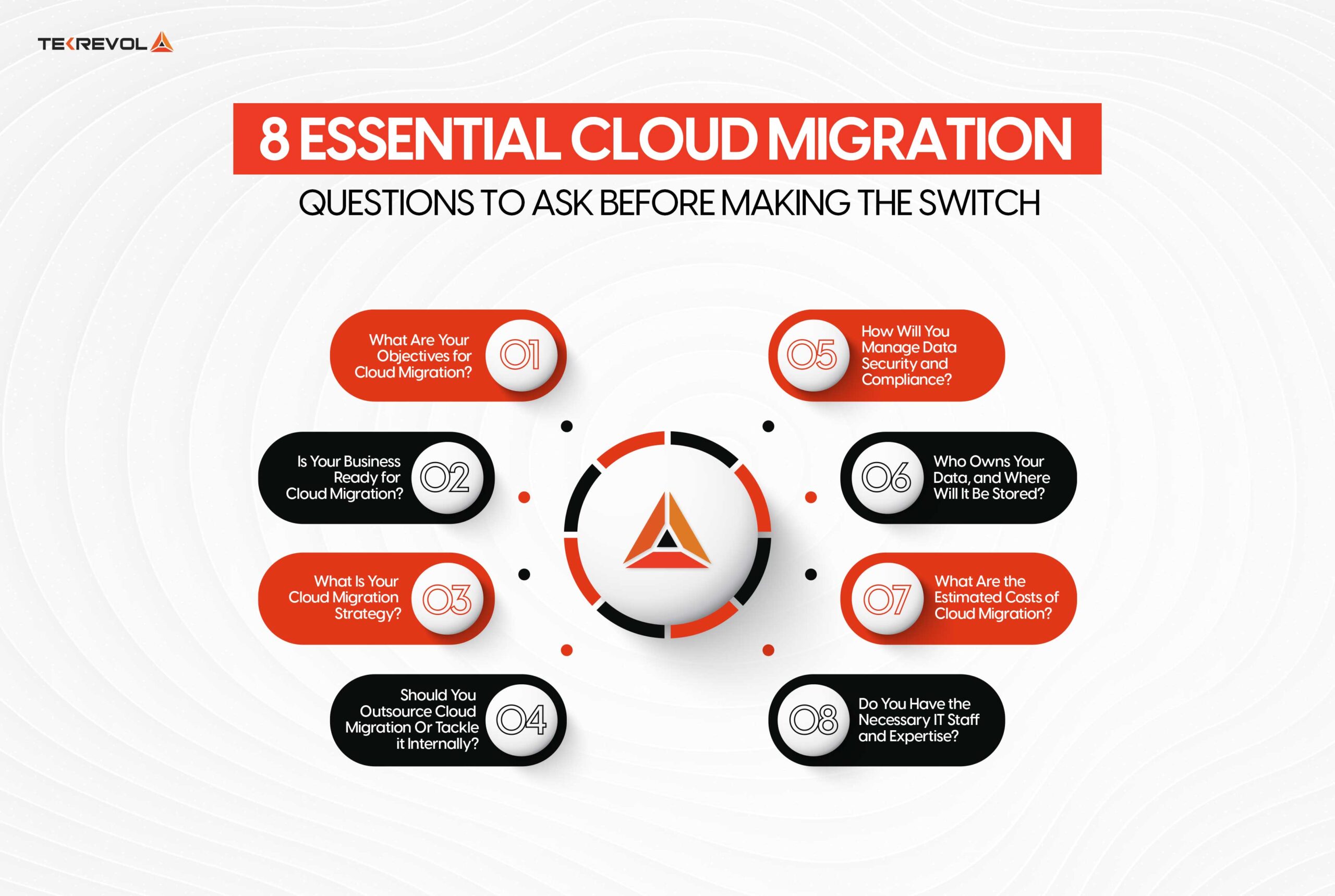
Category 1: Defining Objectives and Readiness
1. What Are Your Objectives for Cloud Migration?
The first question to ask before migrating to the cloud is, “Why are we doing this?” Understanding the “why” behind your migration can prevent costly mistakes and ensure the cloud meets your business needs.
Start by identifying the specific benefits you expect, such as cost savings, improved scalability, or better flexibility. Pinpointing these goals will help you choose the right level of cloud architecture and services. Also, consider if cloud migration aligns with your digital transformation goals or enhances your ability to innovate.

Ask yourself these guiding questions:
- Why does our company need to migrate to the cloud?
- What specific benefits do we expect, like scalability or reduced costs?
- What do we hope to achieve in terms of business growth or modernization?
- Which of the given cloud architectures fits our purpose? (Public, Private, Hybrid)
These questions will lead you to create a migration strategy that fits your business needs and should eventually be done smoothly.
Red Flag: Avoid vague goals. Without clear objectives, you risk choosing a cloud setup that doesn’t meet your needs or leaves potential benefits untapped.
Pro Tip: Determine potential cloud costs and benefits and compare them with your current setup to gauge ROI and identify areas for maximizing efficiency. This comparison helps you make data-driven decisions.
2. Is Your Business Ready for Cloud Migration?
Before proceeding with cloud migration, it is important to assess if your business is indeed ready. Start by evaluating your current IT infrastructure: Is it ready to shift to the cloud, or does it need upgrading? Assess operational readiness by looking at whether your team has the needed cloud knowledge or if there is a need for more training.
Consider your security requirements as well—how will you handle data privacy and compliance in the cloud? Budget is also a major factor. Have you accounted for all associated cloud migration costs, including potential consulting fees and ongoing operational expenses?
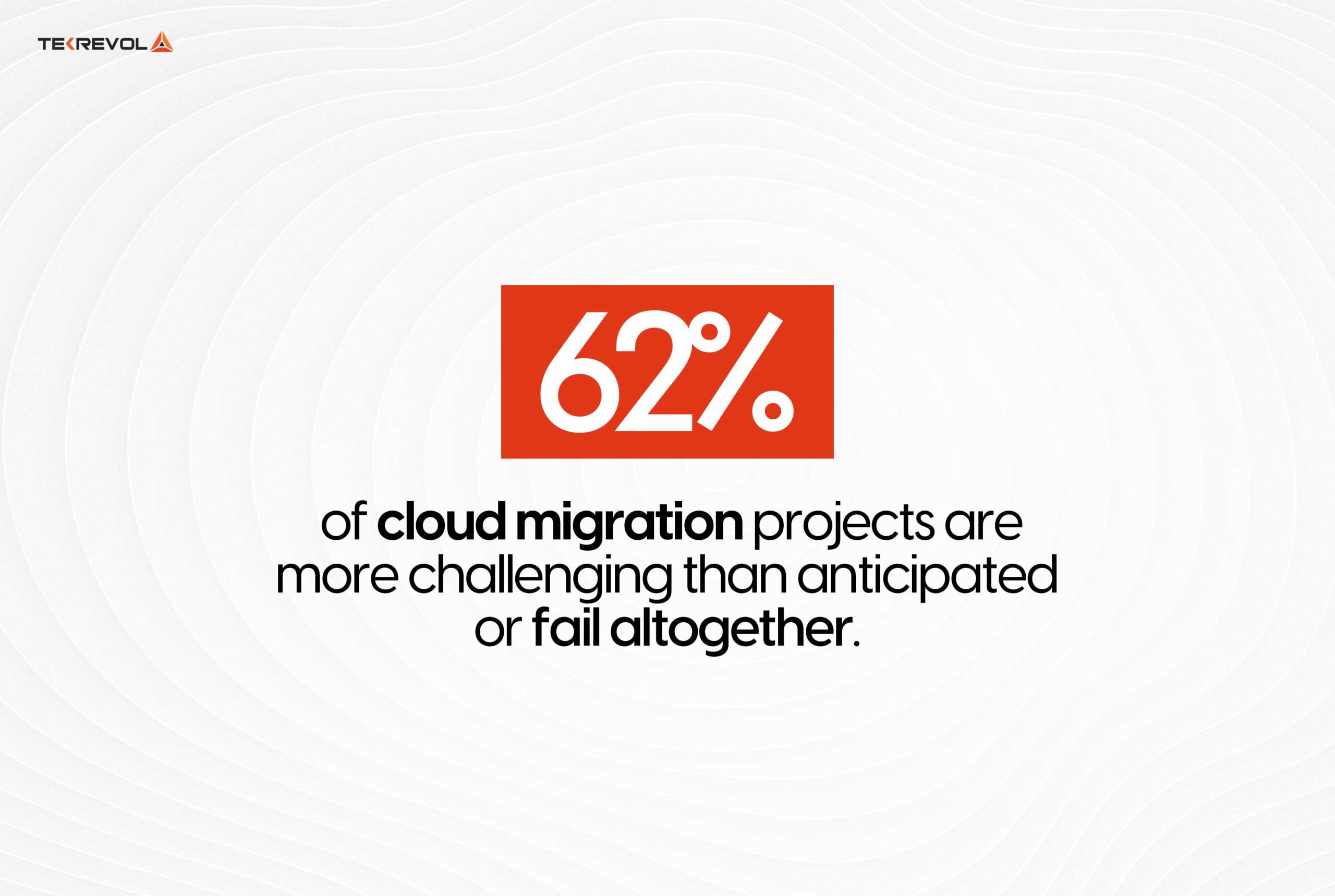
Here are a few key questions to guide your assessment:
- Is our current infrastructure capable of supporting cloud migration?
- Does our team have the necessary skills, or will we need outside help?
- Are we prepared for data security and compliance challenges in the cloud?
- Is our budget set up to cover migration and long-term cloud expenses?
Red Flag: Don’t overlook gaps in internal expertise. A lack of cloud skills often leads to setbacks or security issues during migration.
Pro Tip: Spend some good time doing a detailed assessment to determine the readiness needs- team skills, infrastructures, and budgeting any migration project before setting your migration in motion.
- Looking for Cost-Effective Cloud Solutions?
- Partner with a trusted team to streamline cloud migration costs and services.
Category 2: Strategy and Planning
3. What Is Your Cloud Migration Strategy?
The choice of your cloud migration strategy can make or break your transition. Selecting the right approach depends on your budget, project complexity, and business goals. Here are the main strategies to consider:
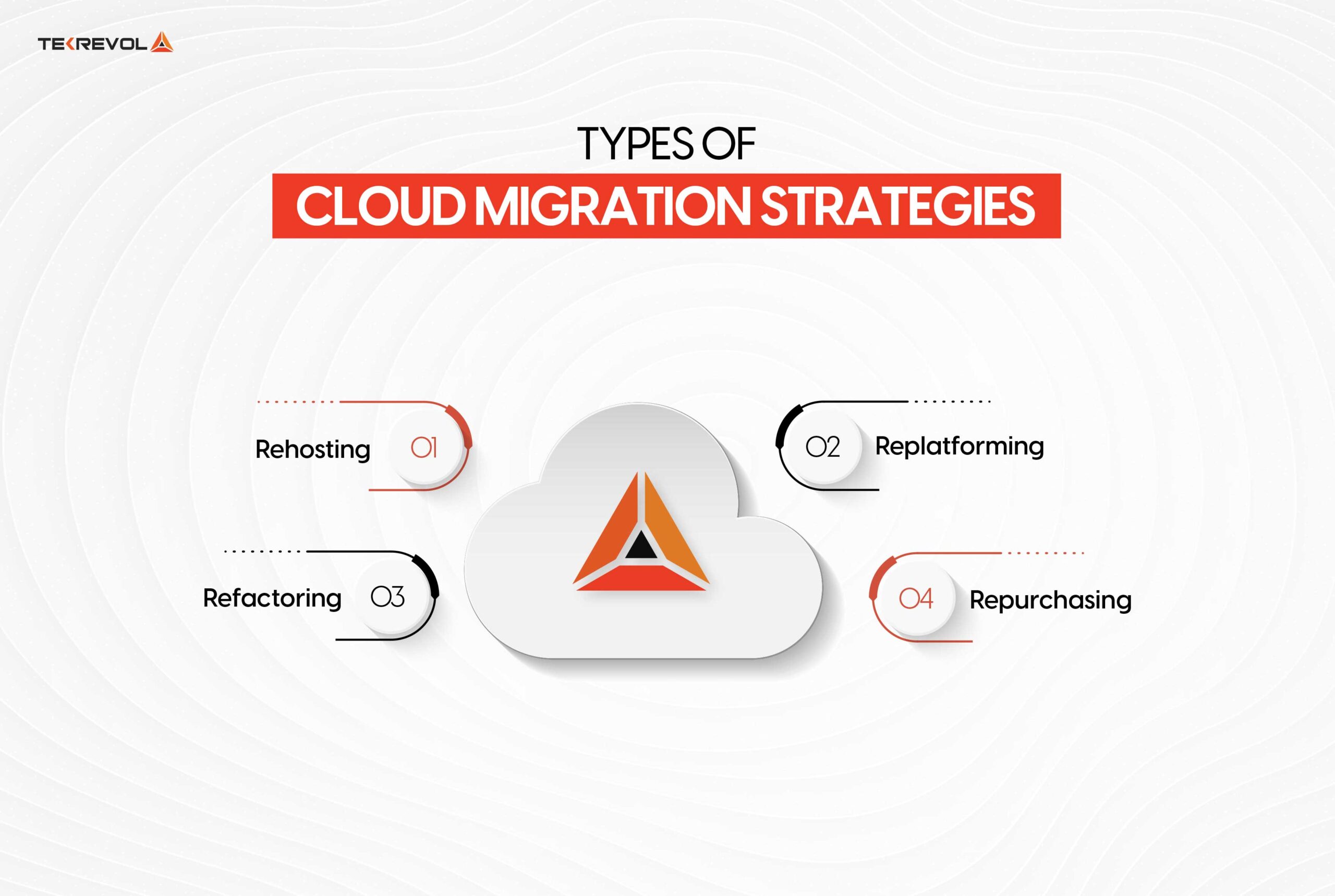
1. Rehosting (Lift and Shift)
Rehosting, or the “lift and shift” approach, involves moving applications to the cloud without significant changes. This method is usually the fastest and can save costs initially. It’s ideal for businesses wanting a straightforward move with minimal interruption.
- Ideal For: Companies seeking a quick migration without immediate adjustments to applications.
2. Replatforming (Lift, Tinker, and Shift)
Replatforming allows for minor adjustments to applications to take advantage of certain cloud features, like managed databases. This approach offers some optimization benefits without extensive re-engineering, striking a balance between speed and customization.
- Ideal For: Businesses looking to optimize applications for cloud environments while keeping migration costs and time reasonable.
3. Refactoring (Re-architecting)
Refactoring requires re-architecting the entire application to fully adapt to cloud-native features. Though complex, this approach allows applications to be optimized for scalability and performance in the cloud, making it the most flexible choice.
- Ideal For: Organizations aiming for full digital transformation and maximizing cloud advantages, especially for long-term scalability.
4. Repurchasing
Repurchasing involves moving to a new, cloud-based product, often replacing a legacy system with a SaaS solution. This strategy is suitable for companies willing to adapt their operations to a different software model.
- Ideal For: Businesses ready to replace outdated systems with modern SaaS alternatives.
Red Flag: Beware of taking a “lift-and-shift” approach without adjustments, as it may hinder cloud performance and fail to optimize your applications for the cloud.
Pro Tip: Consider a phased migration with a pilot project to identify and address potential issues early. This approach helps reduce risks during the transition.
4. Should You Outsource Cloud Migration Or Tackle it Internally?
Deciding whether to handle cloud migration in-house or outsource is a crucial step. If your team has limited experience with cloud migration, outsourcing can be a practical option. Cloud migration consultants bring specialized skills to manage complex migrations efficiently, which can save time and reduce risk.
Consultants are often well-versed in cloud migration services and strategies, like handling data migration, ensuring compliance, and implementing security controls.
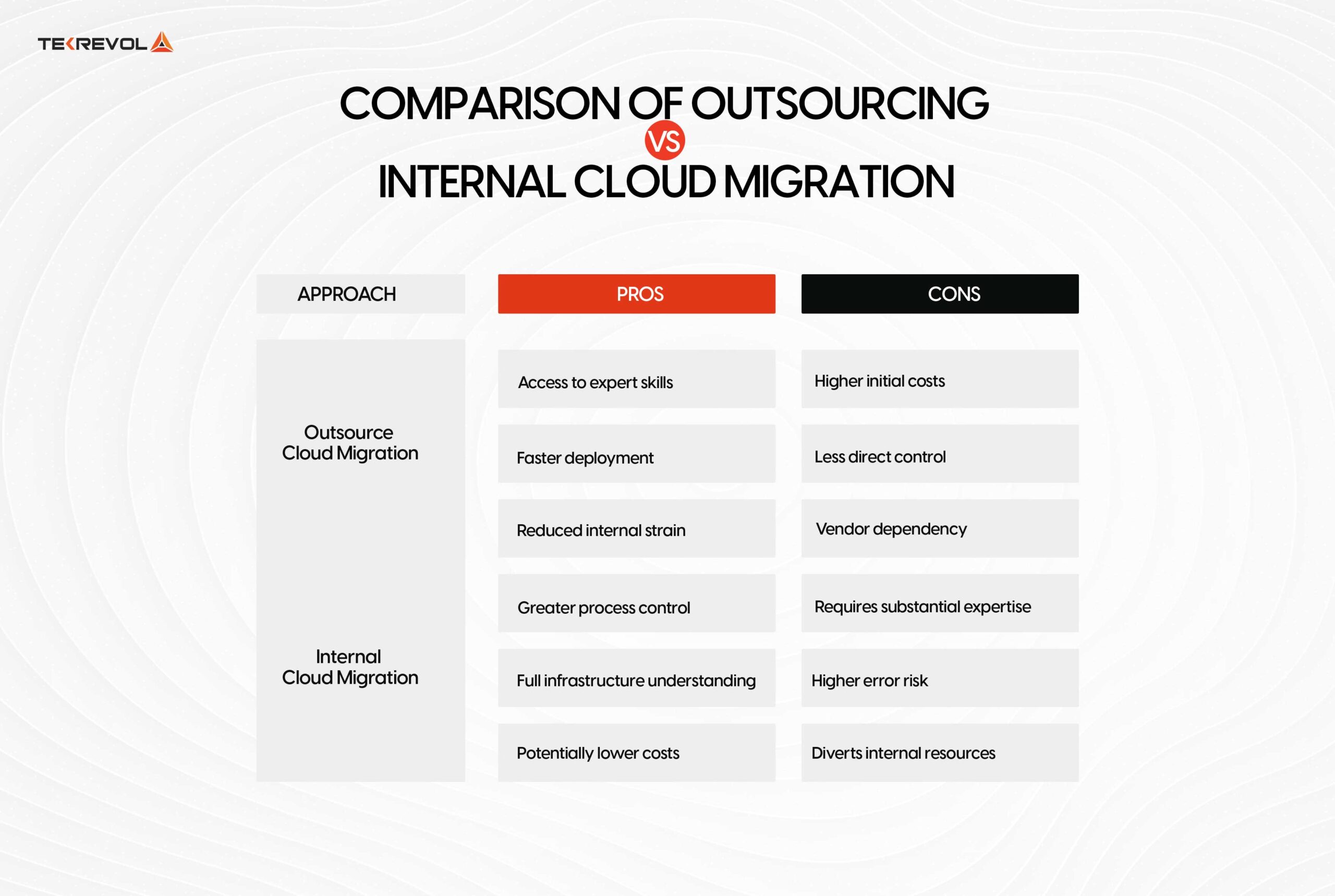
However, in-house migrations can give you more control, especially if your team has the expertise to handle security, compliance, and ongoing maintenance. If your cloud migration involves sensitive data or requires intricate setups, working closely with your internal team can help maintain security standards and keep migration costs within budget.
Here’s what to keep in mind:
Things to Avoid: Be cautious about hybrid approaches where some parts of the migration are outsourced and others are managed in-house. Without clear role assignments, this setup can lead to accountability issues and complicate the process.
Pro Tip: For a balanced approach, outsource niche tasks that require specific cloud skills, like setting up disaster recovery, and establish clear SLAs (Service Level Agreements) with third-party providers to maintain quality and accountability. This can save your team time while ensuring experts handle each part of the migration.
- Seeking Reliable Cloud Migration Support?
- Work with our team for secure, efficient cloud migration services.
Category 3: Data, Security, and Compliance
5. How Will You Manage Data Security and Compliance?
One of the main advantages of cloud migration—flexible data access—also introduces significant security concerns. That’s why data security and compliance should be addressed early in your cloud migration project.
Managing security requires not only the right technology but also a solid approach to risk management. To protect data without impacting productivity, consider using tools for encryption and advanced access controls, which secure data across networks and devices.
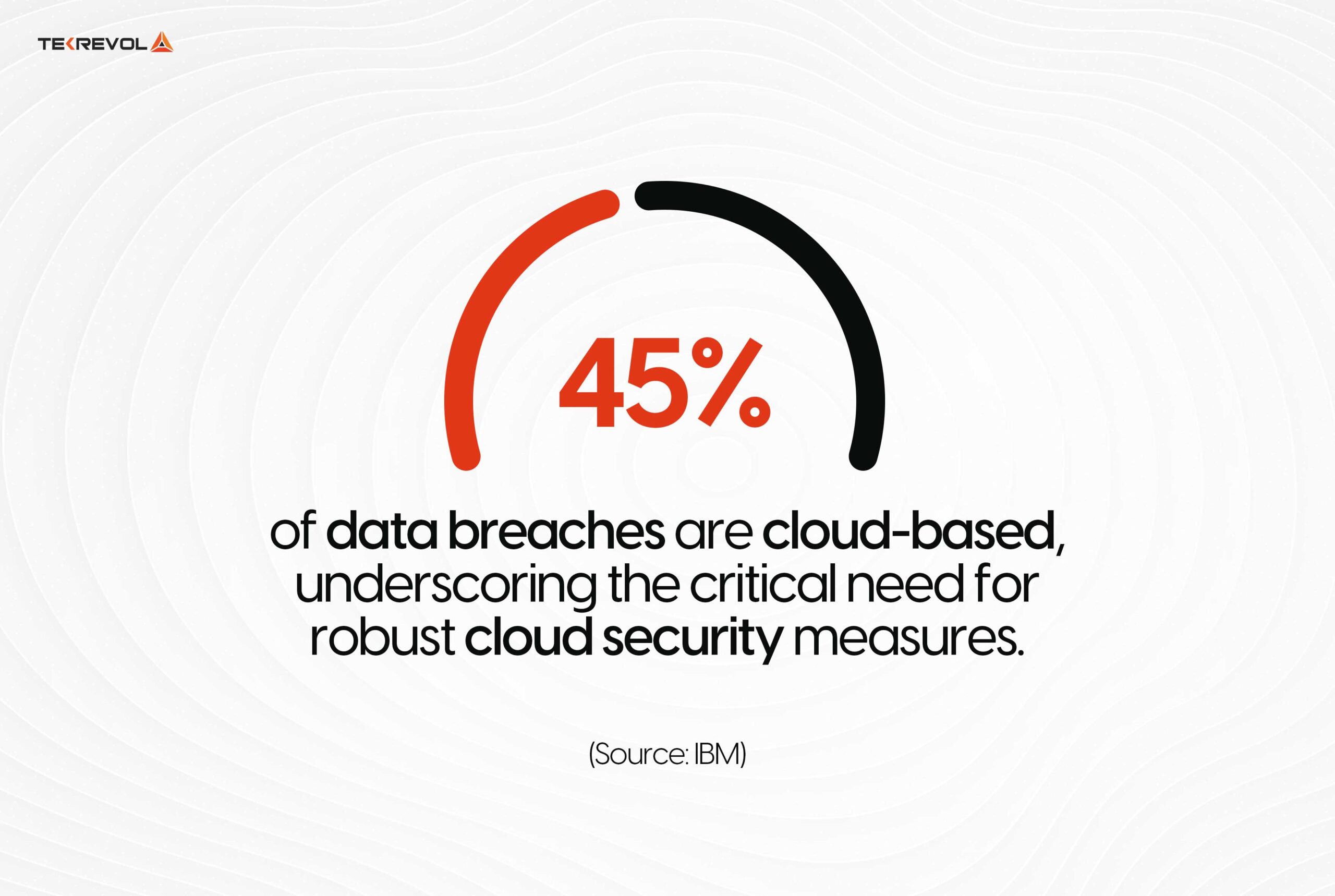
Building a secure cloud foundation also involves creating a strong security culture. This means educating your team on acceptable and secure practices. Cybercriminals continually find new ways to attack, so fostering awareness and responsiveness across your organization is key.
You must take compliance into account as a process required. Depending on the type of industry, you would store sensitive data in particular areas or otherwise treat it according to certain standards, such as GDPR or HIPAA. Ensure you always go through your cloud provider for discussion on storage options to determine whether your needs are met in compliance.
Red Flag: Leaving sensitive data unencrypted or neglecting proper user access controls during migration can expose your business to security breaches and compliance violations.
Pro Tip: Consider compliance-ready tools like AWS Database Migration Service (DMS) or Azure Migrate. These tools offer integrated compliance support, simplifying secure data transfer and helping meet regulatory standards throughout the migration process.
6. Who Owns Your Data, and Where Will It Be Stored?
Data ownership and location are critical factors, especially when regulatory requirements arise. You will still own your data while the cloud providers act as custodians by managing its storage and infrastructure. Never forget to read the fine print about your cloud provider agreement – some providers might include clauses that give them more authority over data than you have anticipated.
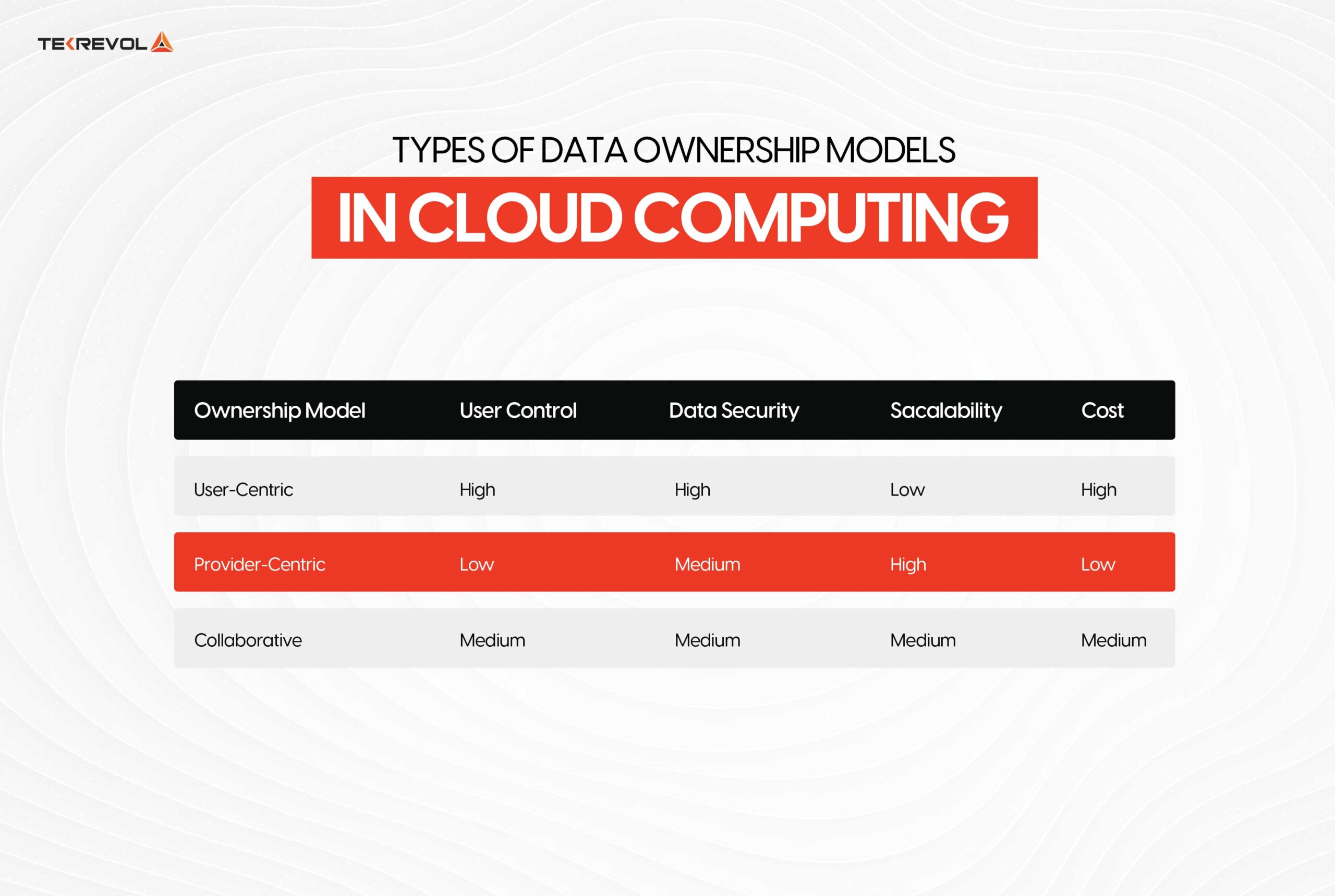
Location is relevant if your business cuts across international borders. Data sovereignty laws require that some sectors have their data kept in specific regions. You will know from your provider where your data will be kept and how it will be treated.
What to Avoid: The unawareness of data sovereignty laws can raise legal and compliance issues for businesses that operate internationally.
Pro Tip: Tap into legal experts on data sovereignty, especially if you’re using multi-cloud or hybrid solutions that may scatter data across regions. This prevents compliance issues while keeping your data protected under relevant laws.
- Ready to Simplify Your Cloud Migration?
- Count on us to handle every step with expertise and efficiency.
Category 4: Resources and Costs
7. What Are the Estimated Costs of Cloud Migration?
Understanding cloud migration costs is crucial for planning your budget effectively. Expenses can include infrastructure upgrades, software licensing, consulting fees, and any additional cloud migration services you may need. While moving to the cloud can offer savings in the long term, initial costs for setup and adjustments can add up. Factor in hidden costs like data storage, data transfer, and ongoing management fees.
Cloud migration also offers potential cost savings by reducing the need for physical hardware and allowing for scalable resources. Many businesses find that shifting to a pay-as-you-go model leads to better budget control, but a clear cost analysis helps you avoid surprises.
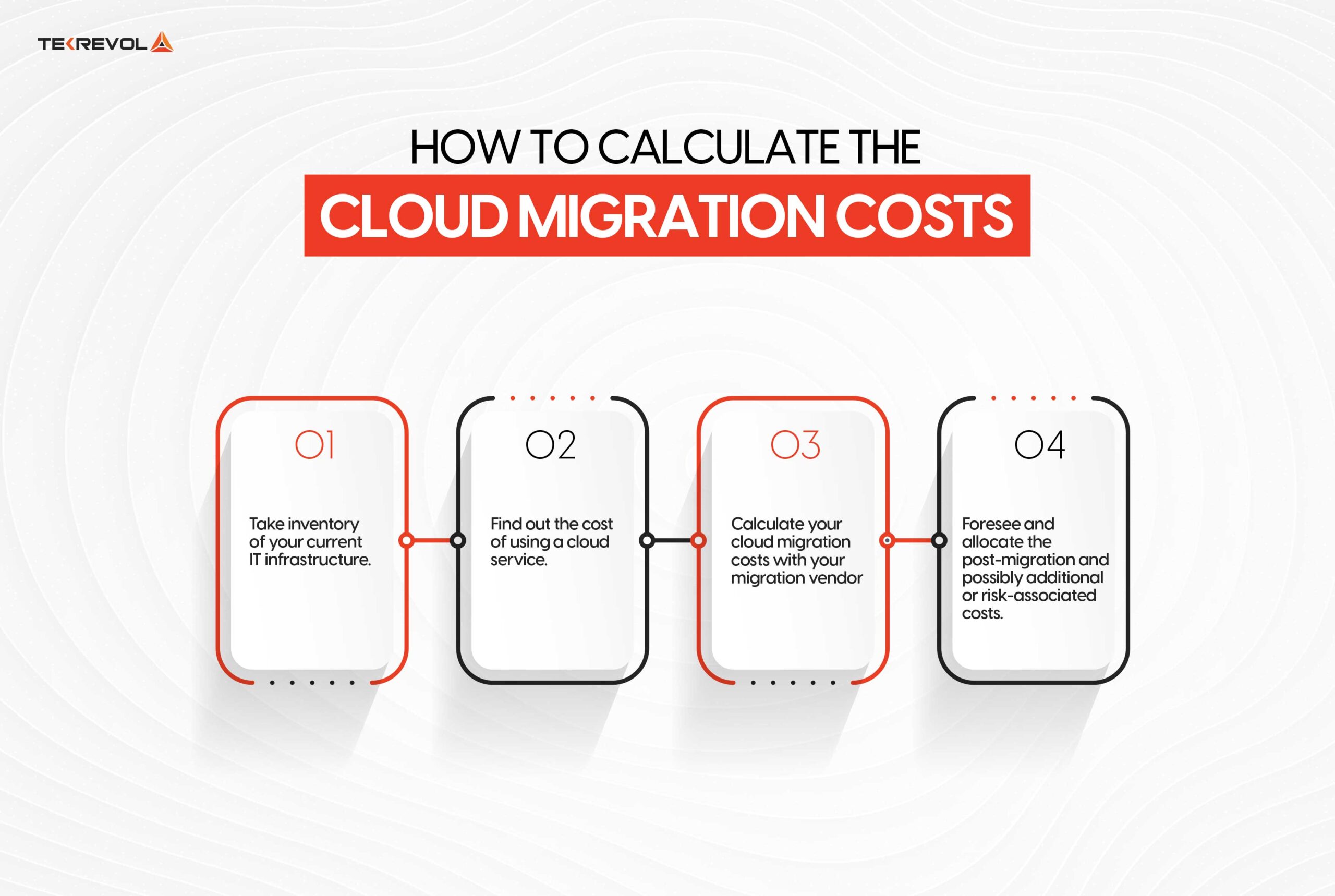
Red Flag: Watch out for hidden fees like data egress charges, which can significantly raise cloud migration costs when retrieving data from the cloud.
Pro Tip: Use cost management tools like AWS Cost Explorer or Azure Cost Management to track expenses and adjust resource usage as needed. These tools can help you optimize spending and keep migration costs within budget.
8. Do You Have the Necessary IT Staff and Expertise?
It is important to determine whether your team has the skills and resources to manage a cloud environment before migrating. This is because knowledge of security, compliance, and cloud-specific technologies is needed in cloud migration.
So, it is crucial to identify the skill gaps early on. If your current staff does not have cloud expertise, you can invest in training or use cloud migration services to fill the gaps. A well-prepared team will be important for a smooth transition and for maintaining performance after the migration.
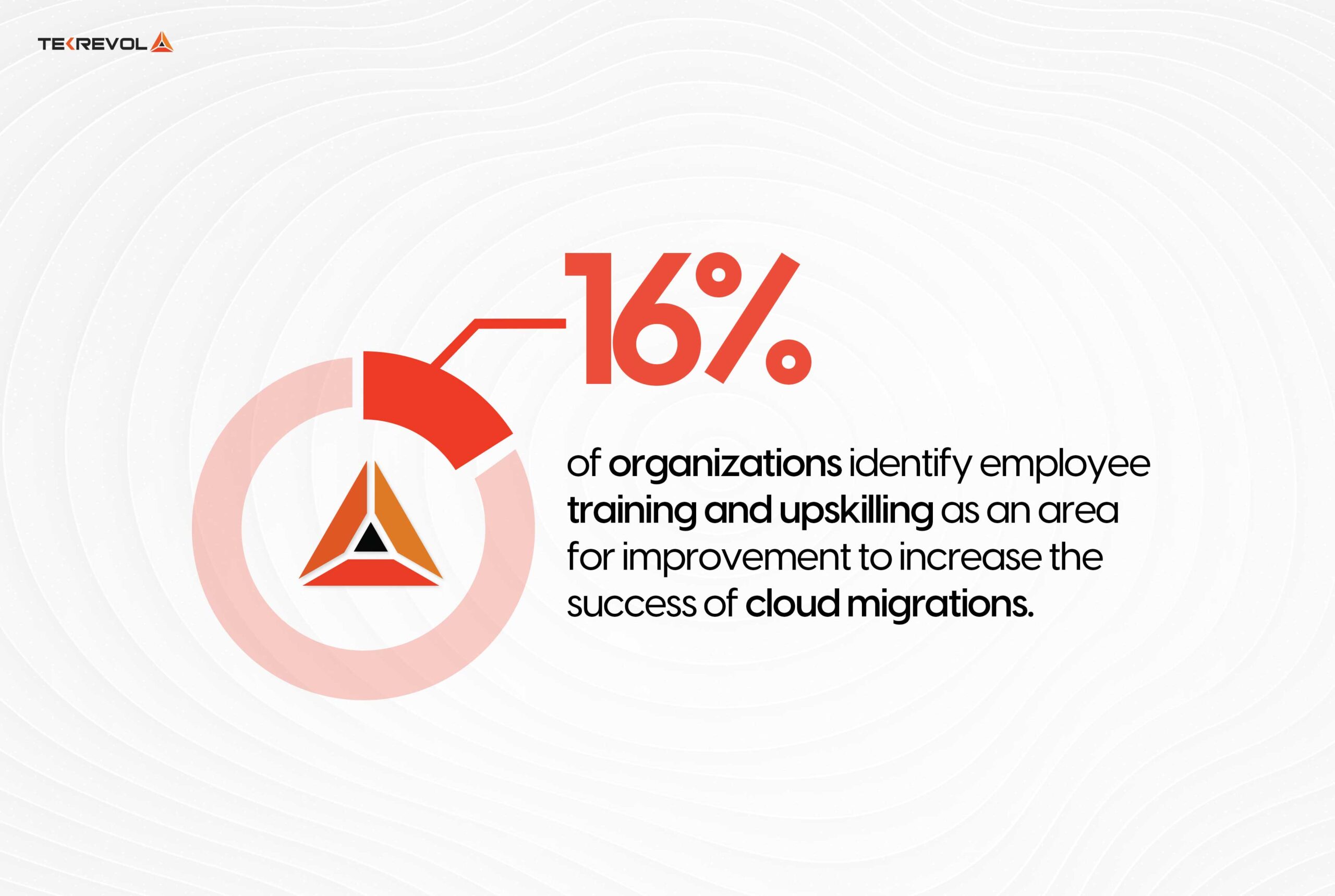
It’s also important to think beyond the migration itself. Once on the cloud, your team will need to handle monitoring, updates, and security. Ensure you’re ready for the continuous upkeep cloud systems’ demand.
Things to Avoid: Don’t underestimate post-migration needs; lacking a plan for ongoing monitoring and maintenance can lead to vulnerabilities and performance issues.
Pro Tip: Invest in cloud training for your staff to build in-house expertise. This reduces dependency on external providers and ensures your team is prepared for long-term cloud management.
Industry-Specific Applications of Cloud Migration
While cloud migration brings universal benefits like scalability and cost-efficiency, its real impact unfolds in industry-specific use cases:
Healthcare:
Cloud migration enables healthcare IT modernization by ensuring faster EHR access, secure patient data storage (HIPAA-compliant), and real-time telemedicine support using scalable cloud infrastructure.
Fintech:
In financial services, cloud platforms offer built-in regulatory compliance (e.g., PCI DSS), fraud detection powered by AI, and encrypted data lakes for real-time transaction processing.
IoT and Smart Devices:
Cloud integration is critical for IoT ecosystems, enabling centralized data streaming, edge-compute offloading, and scalable management of thousands of connected devices—from smart homes to industrial automation.
Tekrevol as Your Trusted Cloud Migration Partner
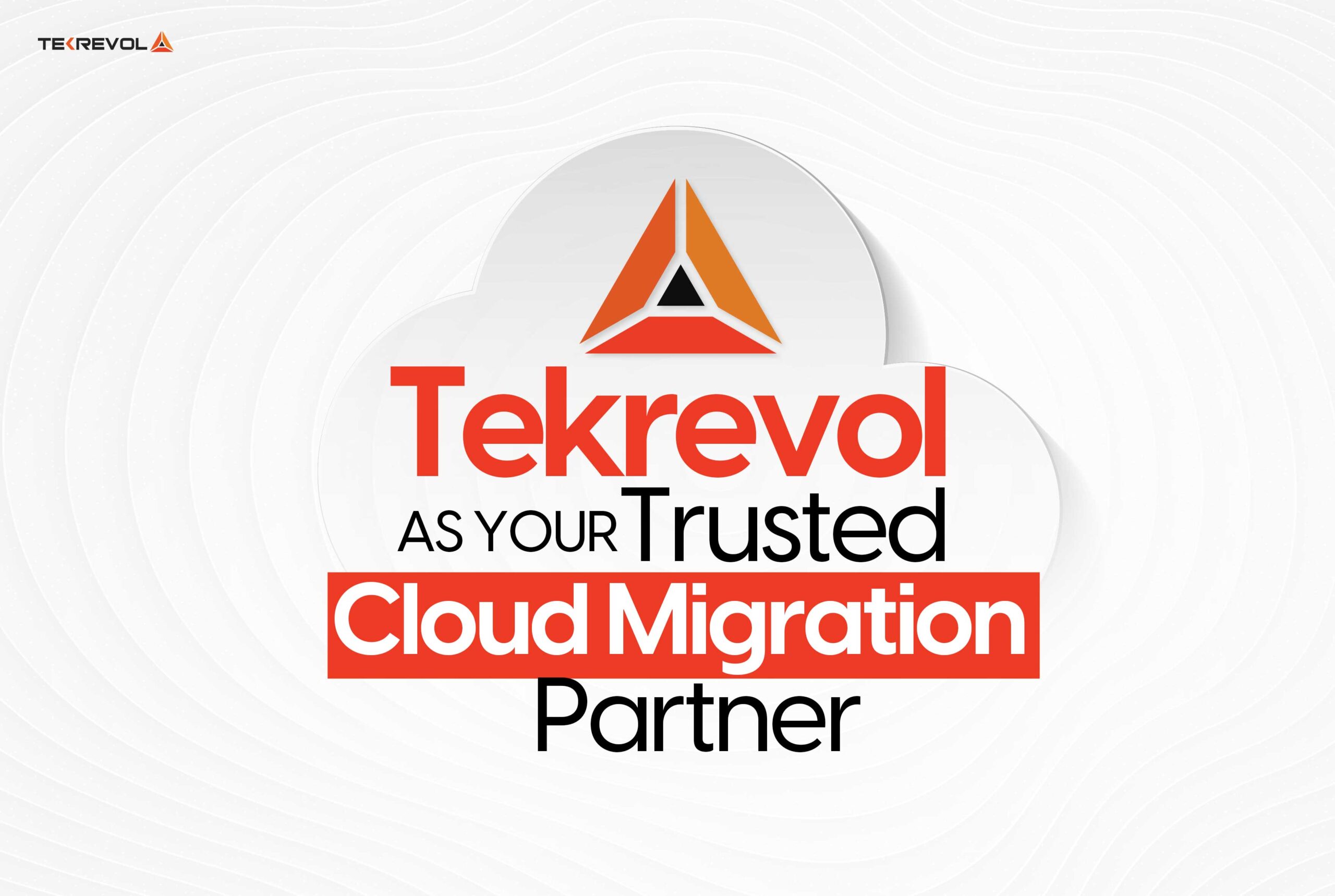
With these questions in mind, you need a trusted vendor that can guide you through the complex process of cloud migration. At TekRevol, we cut through the noise with proven expertise and customized cloud migration services.
We have over 6+ years of experience and a portfolio of 300+ successful migrations under our belt as we tackle cloud challenges across industries.
We give you cost-effective cloud migration solutions tailored to your needs, ensuring that you get the best performance without having cloud migration costs skyrocket.
Our methodologies are specialized, from assessing your infrastructure to executing a seamless transition with minimal downtime while keeping your data secure.
Ready to go stress-free on your cloud journey? Book your No-obligation consultation session, and let us get you started with a well-designed cloud migration strategy. Visit our website to know more.
- Struggling with Cloud Migration Challenges?
- Get the support you need with our experienced cloud migration team.





